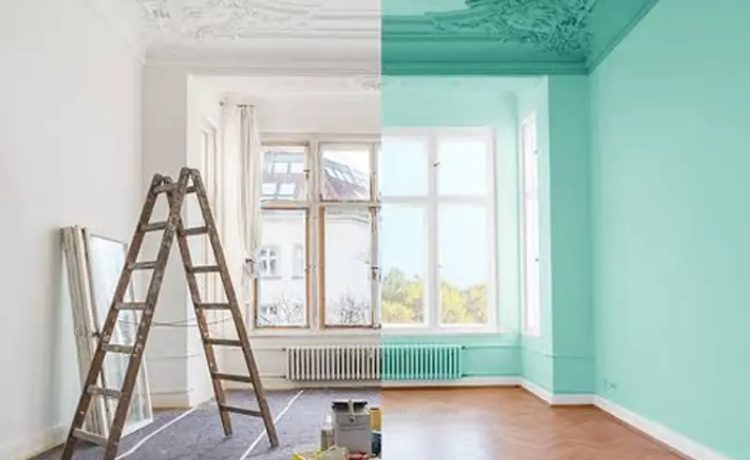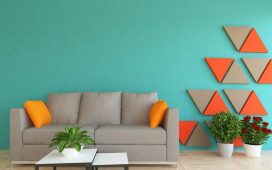Painting is not just about applying colors to a canvas; it is a form of artistic expression that involves playing with textures and effects to create visually captivating artworks. Combining different paint textures and effects can elevate your painting to a whole new level, adding depth, dimension, and interest to your piece. In this article, we will delve into some unique techniques for combining paint textures and effects that will help you unleash your creativity and create stunning masterpieces.
1. Layering
Layering is a fundamental technique in painting that involves building up multiple layers of paint to create depth and dimension. Experiment with layering different textures and effects such as smooth, glossy, matte, and rough textures to add complexity and visual interest to your painting.
2. Texturizing Mediums
Texturizing mediums are specially formulated additives that can be mixed with paint to create unique textures and effects. Experiment with different texturizing mediums such as molding paste, pumice gel, or crackle paste to add interesting textures like impasto, crackle, or stippling effects to your painting.
3. Palette Knife Techniques
Using a palette knife instead of a brush can create bold and expressive textures in your painting. Experiment with different palette knife techniques such as scraping, smearing, or sculpting to create dynamic textures and effects that add a sense of movement and energy to your artwork.
4. Dry Brushing
Dry brushing is a painting technique where you use a dry brush with a small amount of paint to create subtle textures and effects. This technique is great for adding highlights, shadows, and fine details to your painting, giving it a more realistic and tactile quality.
5. Splatter and Drip Effects
Splattering and dripping paint onto your canvas can create spontaneous and abstract textures and effects. Experiment with different techniques such as flicking, dripping, or pouring paint to add a sense of spontaneity and movement to your painting.
6. Mixed Media
Combining different painting mediums such as acrylics, oils, watercolors, or pastels can create interesting textures and effects. Experiment with mixing different mediums or incorporating other materials such as collage elements, fabric, or found objects to create unique and visually striking textures in your painting.
7. Experimentation and Exploration
The key to mastering the art of combining paint textures and effects is to experiment and explore different techniques. Don’t be afraid to try new things, push the boundaries of traditional painting methods, and let your creativity guide you. By embracing experimentation and exploration, you can unlock endless possibilities and create truly unique and captivating artworks.
By incorporating these innovative techniques for combining paint textures and effects into your painting practice, you can elevate your artwork to new heights and unleash your full creative potential. So, grab your brushes, paints, and mediums, and start experimenting with these techniques to create stunning and visually engaging masterpieces that will leave a lasting impression on viewers.














